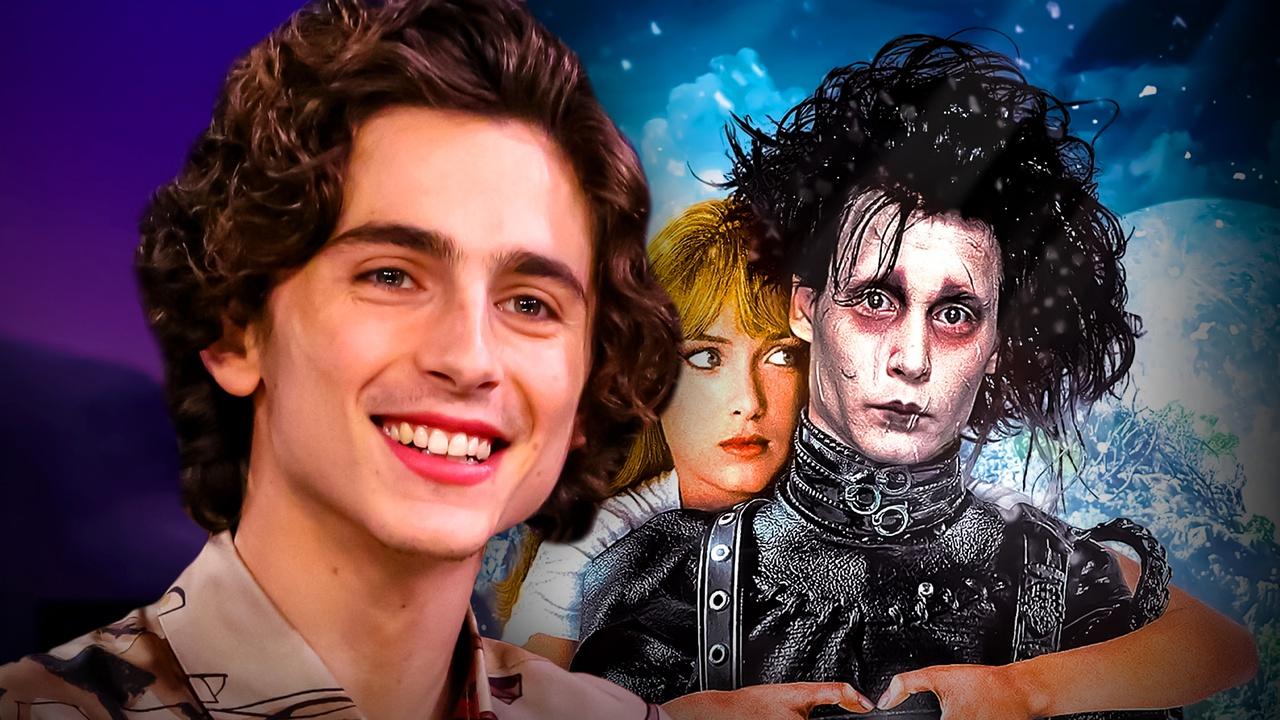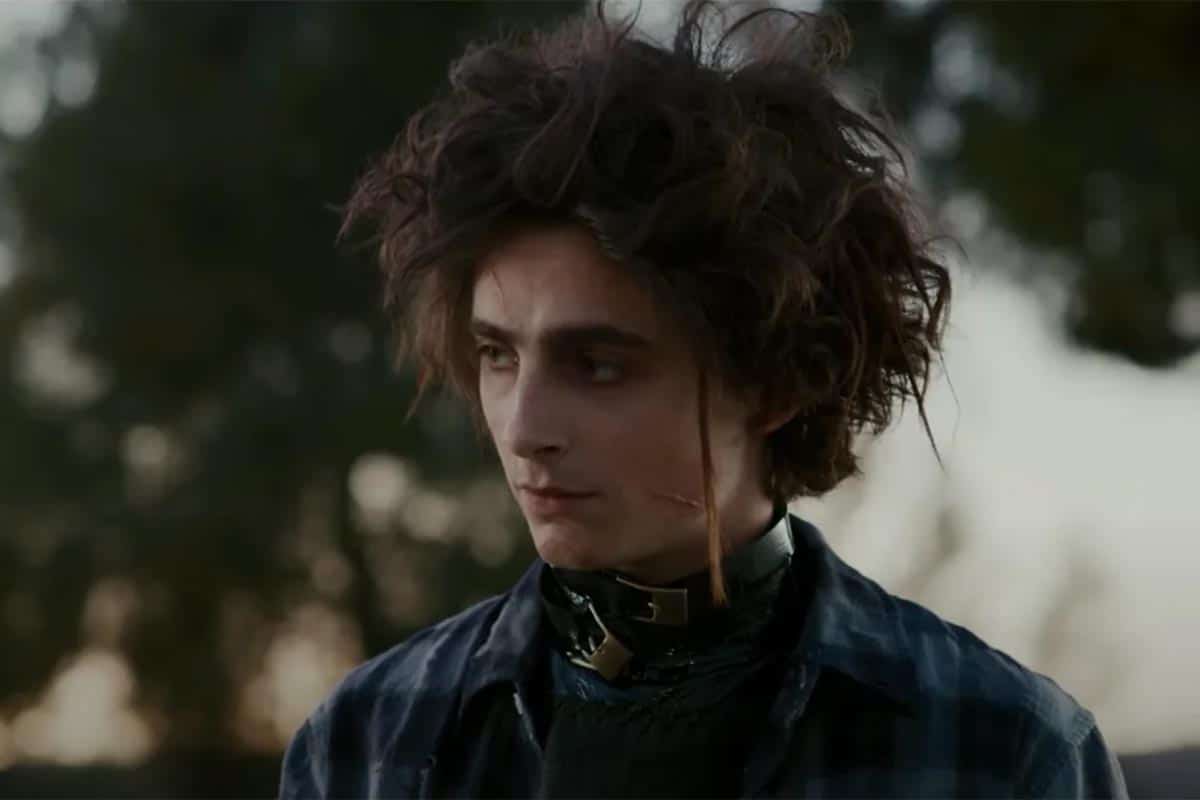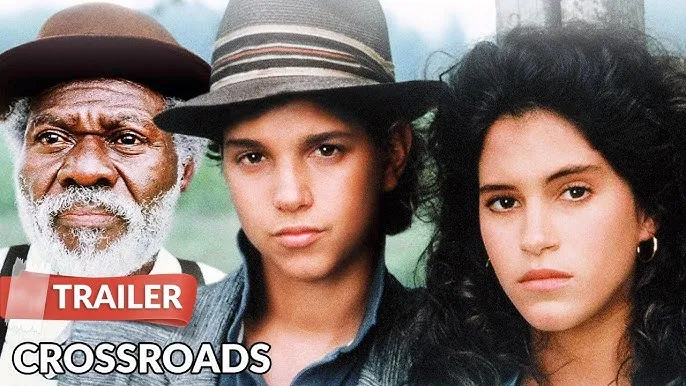Edward Scissorhands (1990) – A Modern Fairy Tale of Beauty, Isolation, and Acceptance
Edward Scissorhands (1990) remains one of the most beloved and visually iconic films of the late 20th century. Directed by Tim Burton and written by Caroline Thompson, the film is a gothic fantasy drama that blends whimsical charm with melancholy, wrapped in Burton’s signature surreal aesthetic. With Johnny Depp in the titular role and Winona Ryder as his love interest, Edward Scissorhands is a poignant tale of an outsider trying to find his place in a world that both embraces and fears him.
The story centers on Edward, an artificial man who was created by an eccentric inventor (played by Vincent Price in one of his final roles). Tragically, the inventor dies before completing Edward, leaving him with scissors for hands. Isolated in a lonely mansion at the edge of town, Edward is discovered by a kind-hearted Avon saleswoman, Peg Boggs (Dianne Wiest), who brings him to her pastel-colored suburban neighborhood. There, Edward’s strange appearance and gentle demeanor both fascinate and alarm the community.

At first, Edward becomes a local sensation. His ability to sculpt elaborate topiaries and create stunning haircuts with his scissor hands turns him into a novelty celebrity. He also begins to fall in love with Peg’s daughter, Kim (Winona Ryder), a compassionate teenager who sees beyond his appearance. However, as jealousy, fear, and misunderstanding spread through the neighborhood, the same people who once adored Edward begin to turn on him. The story builds to a heartbreaking conclusion that cements Edward’s role as a tragic yet timeless figure.
Johnny Depp delivers a hauntingly expressive performance, speaking few words but conveying Edward’s innocence, vulnerability, and quiet sorrow through his eyes and body language. The character, pale-skinned and dressed in leather, with wild black hair and scars on his face, has since become a pop culture icon and a symbol of emotional isolation. Depp’s portrayal helped redefine his acting career, showcasing his ability to play deeply empathetic and unconventional roles.

Visually, Edward Scissorhands is quintessential Tim Burton. The contrast between the dark, gothic mansion and the bright, cookie-cutter suburb is both striking and symbolic, highlighting the film’s core theme: the clash between individuality and conformity. Danny Elfman’s musical score adds a hauntingly beautiful layer to the film, using delicate melodies and sweeping orchestrations to evoke wonder, sadness, and romantic longing.
Beneath its fairy tale surface, Edward Scissorhands explores profound social issues—prejudice, fear of the unknown, and the human tendency to reject what cannot be easily understood. It asks what it means to be “normal” and challenges the idea that appearance determines value. Edward, with all his imperfections, is arguably the most human character in the film.

In conclusion, Edward Scissorhands is a visually enchanting and emotionally rich film that continues to resonate with audiences decades after its release. It is a story of love, loneliness, and acceptance, told with tenderness and imagination. More than just a fantasy, it is a modern parable that reminds us how fragile the line is between wonder and fear—and how those we cast out are often the ones who feel the most deeply.

